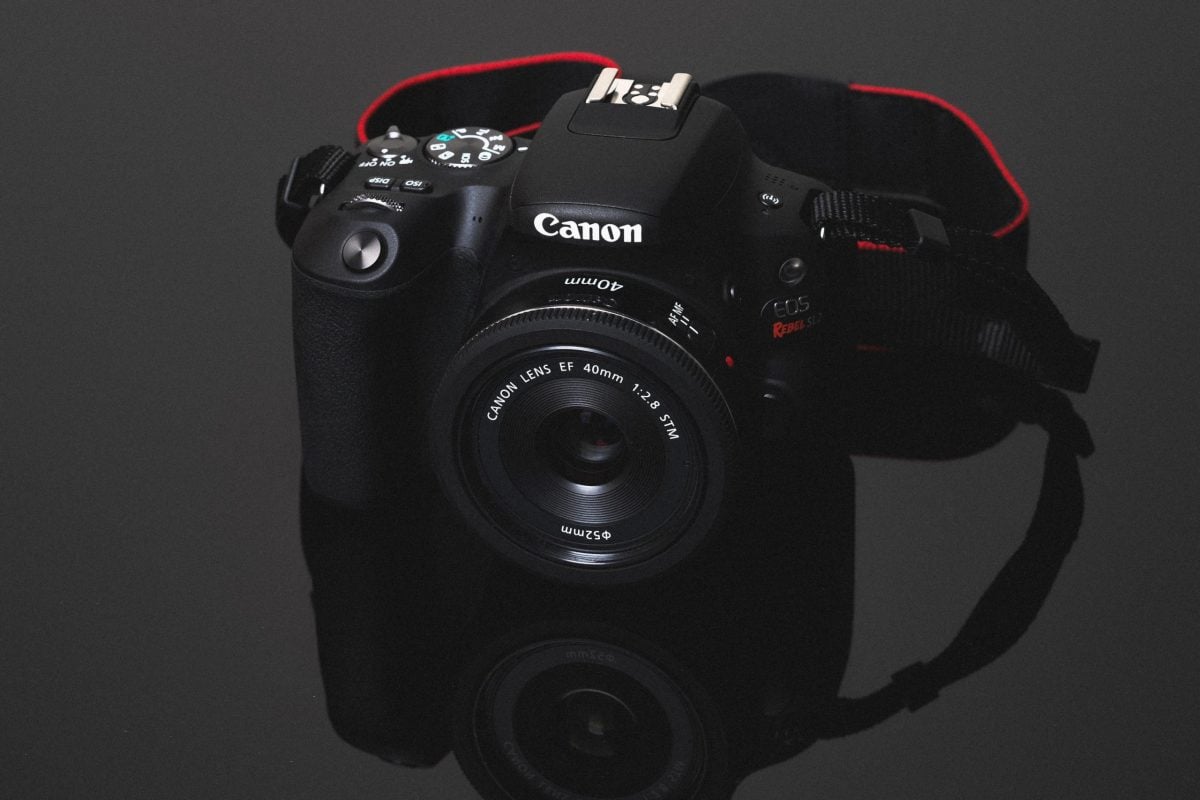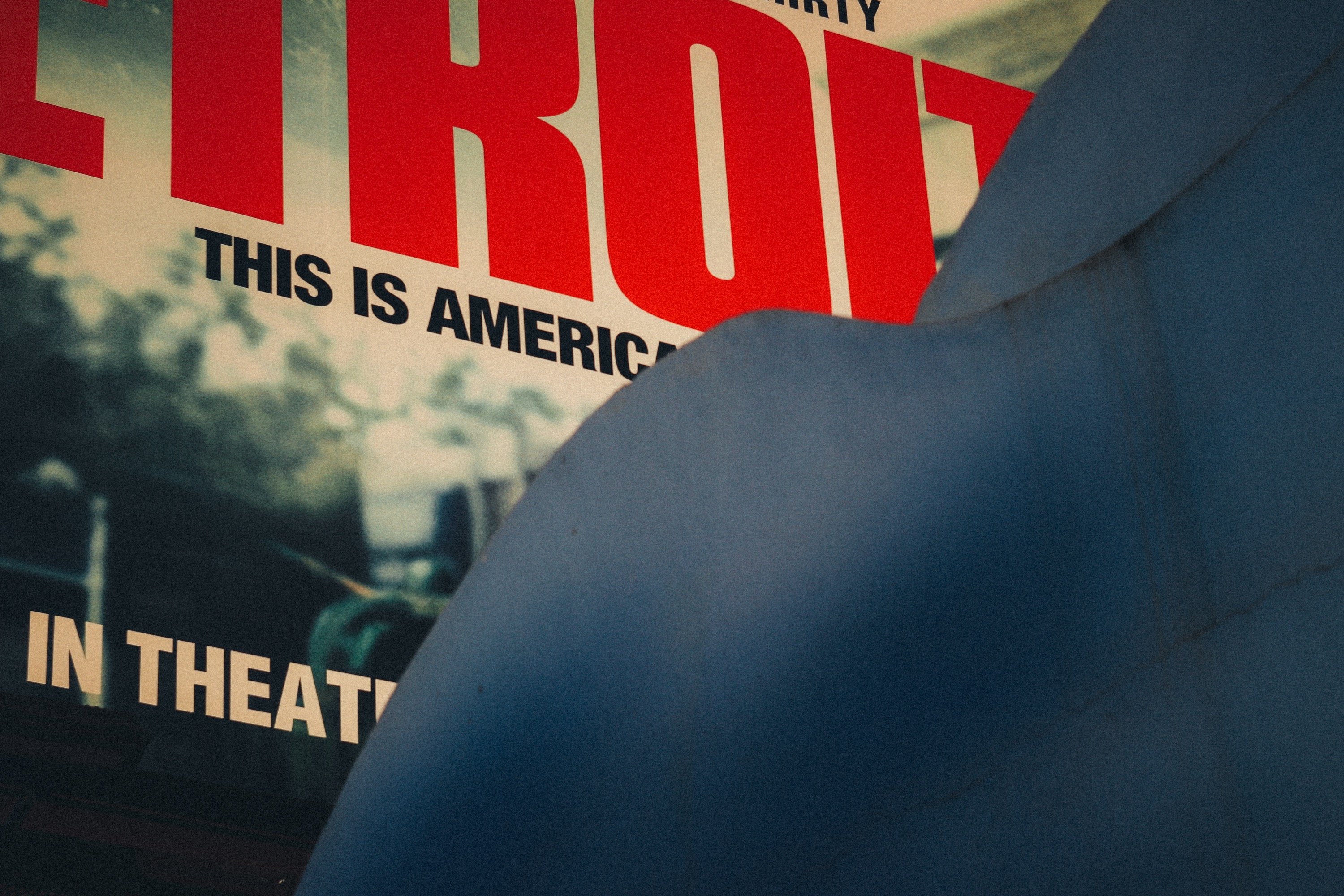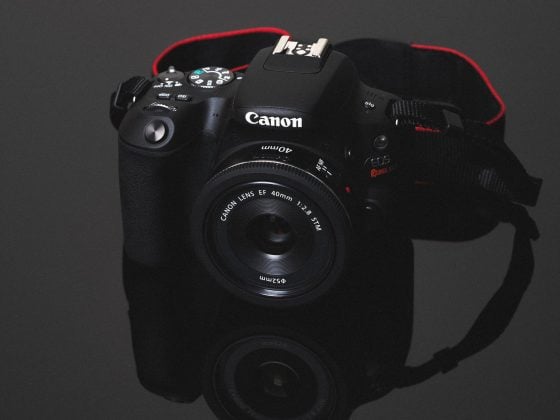I don’t do a lot of reviews on cameras I don’t own, but recently I had the Canon SL2 for a weekend and was so impressed by the way it shot and felt that I had to take it out for a day of shooting.
Here are my initial impressions.
The Canon SL2 is part of a sort of new family of Canon cameras; the original SL1 was built to be the worlds smallest DSLR, although I’m not sure if it still holds that title since Nikon has the D5600 which is just about the same size and I’ve seen some strange things from Pentax in Japan there were way smaller than this.
I actually had both the SL2 and the Nikon D5600 with me this last weekend but chose to go out and shoot with the SL2 simply because the menus were less complicated, and it was a system I was more familiar with. But, if you’re a Nikon shooter, that D5600 is also a very cool camera.




Canon SL2 Tech Specs
Sensor – 24.2MP APS-C
Processor – DIGIC 7
Video – 1080p 60 fps
Autofocus – 9-Point AF System; Dual Pixel
Continuous – 5 fps
Connection – Wi-Fi with NFC / Bluetooth


Canon SL2 Experiences
This is one of those cameras where I feel like 90% of the people who buy it are just going to keep it in JPEG mode. At least that’s what I notice every time I run into a tourist who has a Canon and asks me to take their group picture. Of course, there is nothing wrong with that. I’ve mostly shot JPEG when shooting casually as well.
My point is that I decided to shoot JPEGs for most of the images in this review to see what the camera could produce and where it fell short. Long story short, I had a lot of fun.
Who’s this camera for?
The Canon SL2 is the perfect camera for the average Joe who is looking for something that will take better pictures than an iPhone without weighing too much extra weight or breaking the bank.
Beyond that, it’s also a great backup or axillary camera for more serious shooters looking for something small and light, compatible with Canon lenses, and still shoots with some amazing image quality.
I also think the Canon jpegs look great, and Canon cameras have always been amazing at rendering skin tone while capturing the proper white balance and exposure.
Sure, they don’t match the specs of a Sony camera or the color of Fujifilm, but when it comes to what matters in the end (having good photos and having fun taking them), Canon will never let you down.
Handling
Although I used an adapted retro lens (the Helios 44-4), I felt the camera had great handling.
Side note – if you want to use manual lenses, a mirrorless or a Nikon is definitely a better option since they give you a focus indicator or peaking that at least lets you know when you’re in focus. For some reason, the Canon does not, so shooting with manual focus is a little bit more difficult; I had to either eyeball it or use the live view for shots I wanted perfect.
As far as size and feel, the camera is small and feels great in the hands, but it also feels very solid. Nothing rattles, feels loose, or feels like it’s made out of cheap plastic, which is something I can’t say about Sony consumer cameras. I say that as someone who likes and shoots a lot with Sony,
One thing I miss from shooting with these DSLR cameras, compared to my mirrorless systems, is that mirror flap from taking each picture. It feels good; it sounds cool, and it gives you that feedback that reminds you you’re shooting with a camera instead of some digital gadget.
What else is cool about this mirror in these DSLRs is you also don’t have to worry as much about sensor burn from leaving your camera out in the sun for more than ten seconds without the lens cap on, or shooting into the sun for too long. Something that’s happened to myself and friends shooting with mirrorless cameras, where the lens acts as a magnifying glass melting the inner components of the camera – not fun!



The Technicals
I don’t want to get too much into ISO control, sharpness, and dynamic range because honestly, with any of these modern cameras, if you just go out and shoot, you can’t tell the difference. Well, maybe a little bit, but it’s usually nothing game-changing and matters even less if you shoot JPEG, which I do 90% of the time for my personal stuff.
For an APS-C camera, I feel like my XT2 was handling low-light situations a little bit better, maybe. But I don’t think that’s because of the better sensor, which it probably is, but it’s because of how the image processor handles denoising. Where Fujifilm used to have a problem with waxy skin tones from its in-camera denoise processes, the Canon SL2, to me, has a slightly waxy feel now. It’s not the end of the world since you can always get around this by turning off or down the noise reduction settings and handling it yourself in post.
That said, I was shooting in some pretty dark locations and didn’t notice any limitations that prevented me from getting nice shots. I was actually fairly impressed that such a small, inexpensive camera could produce such amazing results.




The Limitations
The Canon SL2 has a few limitations, but Canon seems to have intentionally made these Limitations to make the camera more distinct from its consumer and prosumer counterparts.
You’ll mostly see these limitations with 4k video, the continuous shoot speeds, and the buffer size. I say these features were intentionally dumbed down because the Digic 7 processor is more than capable of handling anything you throw at it.
No 4K Video
There is no 4 K video, but again, the average consumer is likely to shoot video on their phone anyway. At least I do. I’m a film major, have shot many films (shorts and a feature), and edit trailers professionally. I still shoot mostly video on my phone, set to 1080p mode.
Why? Because it’s easier to send to my friends and family.
When I need to shoot video of big moments with my child, I almost always use my GoPro at 4k with the Karma grip—I love that thing. If I want to shoot a short film or something, I usually get a camera designed for video.
But that’s me, some people need a single camera that can multitask really well, so no 4k is a deal breaker.
Continuous Burst Speeds
Another real limitation is with continuous shooting, it’s only 5 fps. What’s annoying about this is that Canon could make that faster without raising the cost if they wanted to.
Small Buffer
The camera has a very small buffer, around 100-125MB. That’s basically about 6 RAW shots before you fill the buffer, which takes about 1.25 seconds. Of course, if you shoot JPEG, this is significantly less of an issue, as you can shoot for quite some time before the buffer fills using JPEG.
Another issue is the Canon SL2 doesn’t really write to memory cards that quickly. The fastest I clocked was around 39 MB/s. Of course, this is still better than any Sony camera other than the A9 and also better than a lot of Nikon cameras, and it will clear that tiny buffer in about 4.5 seconds.
See the fastest memory cards for the Canon SL2.
Canon SL2 Review | Bottom Line
The Canon SL2 has many nice new features that make the camera fun to use. The Wi-Fi is handy, and the new processor makes the camera very snappy.
While this is obviously a camera not designed for professionals, you can still get some amazing results without any serious limitations.
It’s probably even safe to say that this camera is better than any pro camera of 15 years ago, and 15 years ago people were producing some amazing photography.
Ultimately, I found the Canon SL2 to be very fun to use and very intuitive. I didn’t break down all the specs like I do with most of my reviews (things like ISO and Dynamic Range); instead, I took it out and shot it in a way consumers would use it, and I had some amazing results even with a manual lens.
This camera is absolutely great for someone looking to upgrade from their iPhone, and Canon has one of the best eco systems of lenses out there to choose from. I’ve always loved shooting with Canon cameras, and I haven’t ever gotten frustrated with them.
The best part about a little camera like this, too, is that it doesn’t really intimate anyone around you. You just look like a tourist tinkering around with a camera, and nobody really pays attention. It’s great!
As my final thoughts, I would say this camera is one of your best options at this price range. Yes, the Nikon D5600 is also great and gives you a few more features (like being able to set a minimum shutter speed). Still, I really think their menus are ugly and complicated and then they have this whole issue where only some of their lenses can autofocus on this body. Sony cameras are also decent at this price but they won’t match the overall feel and build quality of a Canon.







| **This website contains affiliate links. We will earn a small commission on purchases made through these links. Some of the links used in these articles will direct you to Amazon. As an Amazon Associate, I earn from qualifying purchases. |









